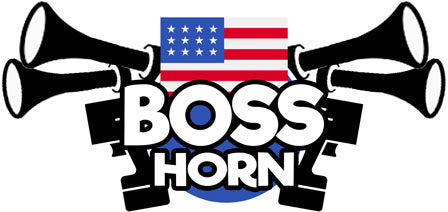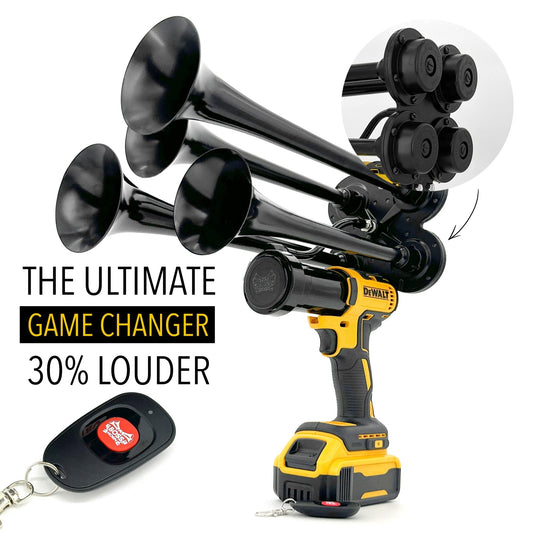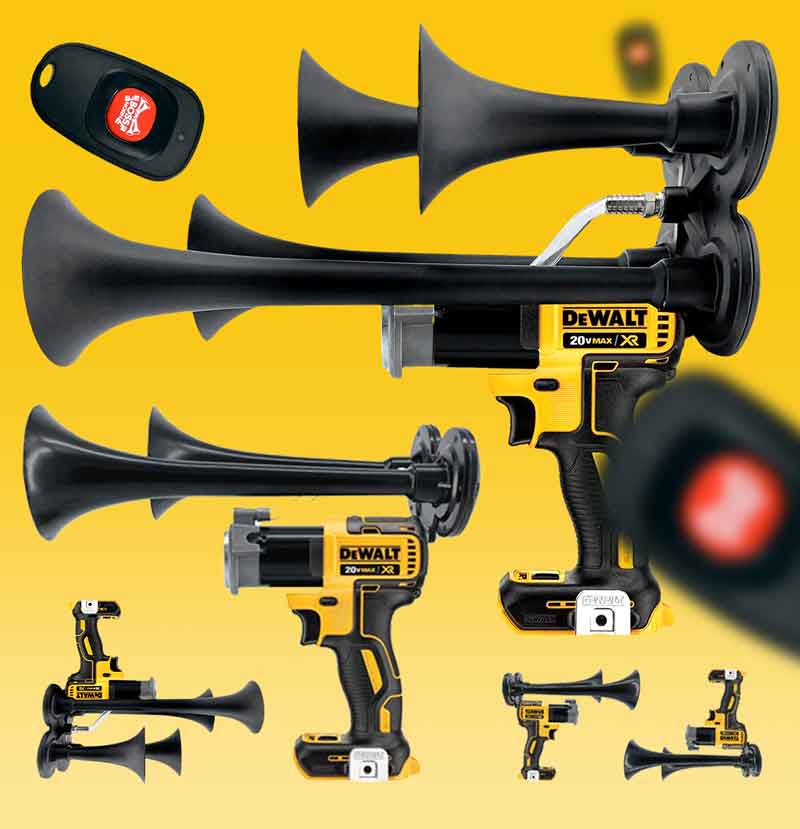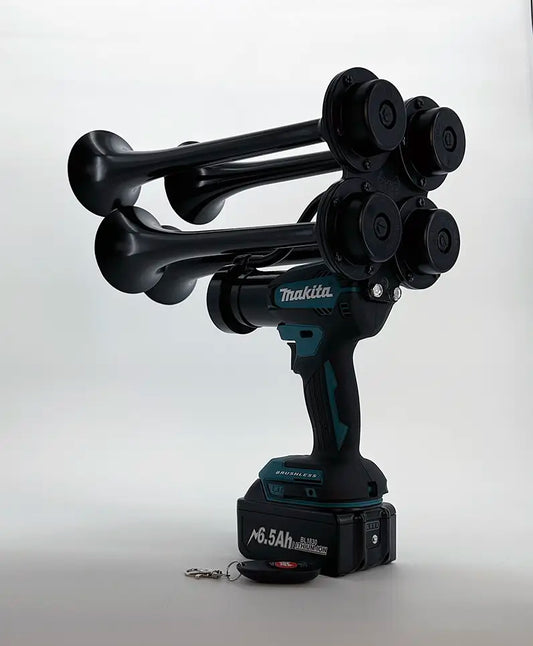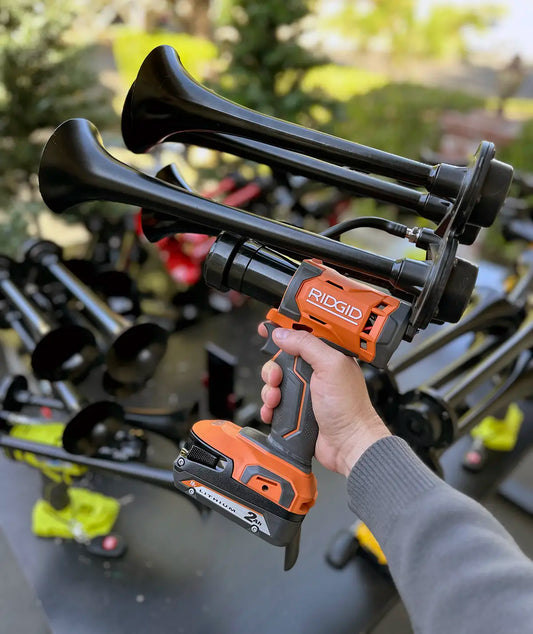Horns have been used on vehicles as early as the late 1800s, providing a means of alerting other drivers and pedestrians to a vehicle's presence on the road. The concept of using sound to communicate a warning or signal has evolved over the years, with different countries and cultures developing unique variations of onomatopoeic sounds associated with vehicle horns. In today's modern world, the sound of a horn is a universal symbol of communication on the road, serving as a tool for drivers to express urgency, frustration, or gratitude while navigating through traffic.
The usage of different onomatopoeic sounds for vehicle horns varies around the world, reflecting the diverse linguistic and cultural backgrounds of different regions. In some countries, a short, quick honk may be used to indicate a friendly greeting or a moment of gratitude, while a longer, more sustained honk is more commonly associated with a warning or expression of frustration. Understanding these cultural nuances can help drivers navigate unfamiliar roadways more effectively, fostering a sense of global awareness and communication on the road.
Studies have shown that the sound of a horn can have a significant impact on driving behavior, with certain types of horn sounds triggering quicker reactions in drivers than others. By utilizing onomatopoeic sounds that are easily recognizable and distinct, drivers can effectively communicate their intentions and emotions to other road users, reducing the likelihood of accidents and increasing overall safety on the road. Embracing the diversity of horn sounds around the world can lead to improved communication and understanding between drivers, promoting a more harmonious and efficient driving experience for all.
What sound does a car horn make and what is its significance?
The sound of a car horn is typically described as "honk honk" or "beep beep." It is a loud, audible signal produced by the vehicle's horn to alert pedestrians or other drivers of a potential danger or to communicate a message in a traffic situation. Car horns are crucial for promoting road safety and preventing accidents by allowing drivers to alert others of their presence and intentions. To fully understand the importance and uses of car horns, it is essential to delve deeper into their functionality and legal regulations regarding their usage.
One of the most distinctive sounds associated with driving is the sound of a car horn. This loud, attention-grabbing noise serves as a crucial communication tool for drivers on the road. Interestingly, the sound of a car horn is often represented in writing through onomatopoeia. Onomatopoeia refers to words that imitate the sound they represent, such as "honk" or "beep."
Different cultures and languages have their own interpretations of the sound of a car horn. In English, the sound of a car horn is often represented as "honk" or "beep." In French, the sound is often written as "klaxon," while in Japanese, it is represented by the word "pikon." These variations in onomatopoeia highlight the diverse ways in which the sound of a car horn is perceived and experienced around the world.
From a linguistic perspective, onomatopoeic words like "honk" or "beep" not only capture the sound of a car horn but also evoke a sense of urgency and alertness. The sharp, abrupt nature of these words mirrors the sudden and attention-grabbing sound of a car horn, emphasizing the need for swift action and response on the road.
Overall, onomatopoeia plays a key role in capturing the unique sound of a car horn and conveying its significance in driving situations. Whether it's a friendly "beep" to say hello or a more insistent "honk" to signal danger, the onomatopoeic representation of car horn sounds helps to enhance our understanding and awareness of these important auditory cues while on the road.
Statistics:
- According to the National Highway Traffic Safety Administration (NHTSA), approximately 70% of drivers use their car horn as a way to alert others on the road.
- A study conducted by the AAA Foundation for Traffic Safety found that car horn use is most common in urban areas, where traffic congestion and noise levels are higher.
- On average, a car horn can produce sound levels ranging from 100 to 110 decibels, which is equivalent to the noise produced by a chainsaw or a jackhammer.
https://youtube.com/watch?v=xy-PhTEqT-U
**1. What sound does a car horn make?**
When a vehicle horn is activated, it emits a loud, sharp sound that is intended to alert others of the driver's presence or warn of impending danger. The sound produced by a car horn is typically a single, brief honk that can vary in pitch and intensity depending on the type of horn installed in the vehicle.
- Car horns produce a loud, sharp sound.
- The sound is meant to alert others or warn of danger.
- The pitch and intensity of the sound can vary.
**2. How does a car horn work?**
A car horn is typically powered by electricity and is activated by a button or switch located on the steering wheel of the vehicle. When the driver presses the horn button, an electrical current is sent to the horn, causing a metal diaphragm inside the horn to vibrate rapidly. This vibration produces the loud sound that is heard outside the vehicle, alerting others to the driver's presence.
- Car horns are powered by electricity.
- Pressing the horn button activates the horn.
- A metal diaphragm vibrates to produce the sound.
**3. Is there a specific way to use a car horn?**
Using a car horn is an important aspect of safe driving and should be done in a responsible and courteous manner. The horn should be used only when necessary, such as to alert other drivers of your presence in a potentially dangerous situation or to prevent a collision. It is important to avoid unnecessary horn honking, as this can be seen as aggressive or inconsiderate behavior on the road.
- Use the horn only when necessary.
- It is used to alert other drivers or prevent collisions.
- Avoid unnecessary horn honking.
**4. Are there different types of car horns available?**
There are several types of car horns available on the market, each with its own unique sound and volume levels. Some common types of car horns include electromechanical horns, air horns, and musical horns. Electromechanical horns are the standard type of horn found in most vehicles, while air horns produce a louder, more piercing sound. Musical horns are a fun and novelty option that play various tunes or melodies when activated.
- Electromechanical, air, and musical horns are common types.
- Air horns produce a louder sound.
- Musical horns play tunes or melodies.
**5. Can car horn etiquette vary by country?**
Yes, car horn etiquette can vary significantly depending on the country or region you are driving in. In some cultures, honking the horn is considered rude or aggressive and should only be used in emergencies. In other places, such as densely populated cities with heavy traffic, honking the horn is more common and is used to communicate with other drivers. It is important to familiarize yourself with local customs and laws regarding the use of car horns when driving in different countries.
- Car horn etiquette varies by country.
- In some cultures, honking is considered rude.
- In densely populated cities, honking is more common.
Conclusion
In conclusion, car horns serve as vital communication tools on the road, alerting other drivers and pedestrians to potential dangers or signaling intentions. The onomatopoeia associated with car horns, such as "beep" or "honk," convey a sense of urgency and immediacy, helping to convey the urgency of the situation. While car horns can be a source of annoyance in certain situations, they ultimately play a crucial role in ensuring road safety and promoting efficient traffic flow. So next time you hear the sound of a car horn, remember that it is not just noise, but a form of communication that plays a crucial role in navigating the roads.
